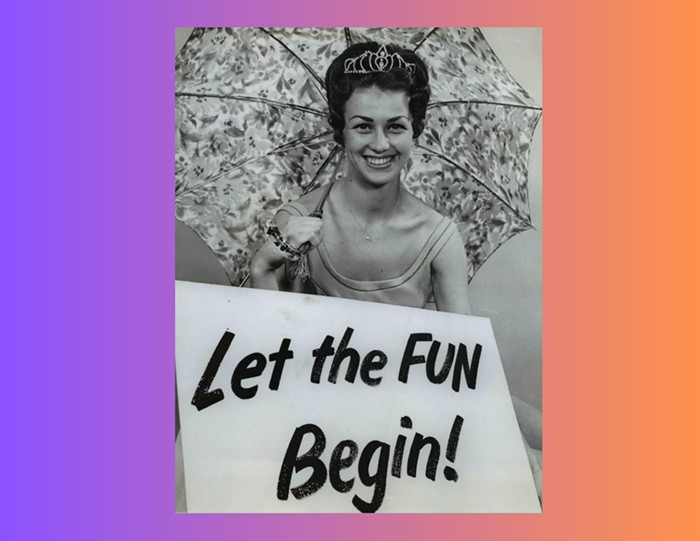A General Theory of Love
Thomas Lewis, Fari Amini, Richard Lannon
(Vintage Press)
With blood in cells in veins running under skin supported by bone and muscle, it's easy to think humans are entirely individually packaged, sealed inside single bodies, leaving words and sex as our only hopes of deeper connection. But somehow, we know when a stranger is staring too long at our turned back. A shiver, a bad vibe, casual interest communicated through space without even eye contact. Neuroscientists call this resonance. It's almost ESP. It's the mid-section of the three part, or triune brain, known as the limbic brain, tuning in to another limbic system in the area: a "symphony of mutual exchange and internal adaptation whereby two mammals become attuned to each other's inner states."
The human brain is an open system. Limbic resonance is the reason why a pouting lover is such an irritant, and not all silence is equal--any functioning mammalian brain knows without words when something is wrong. Movies are better in a receptive crowd and parties work because liquor gets the emotions emanating.
In A General Theory of Love, three psychiatrists encapsulate what we know so far about the most emotional part of the brain. It's a tightly focused book with far reaching implications. Every dense section resonates. This book explains the neurological mechanics of love and attachment, and the corresponding result of deprivation. It explains why most self-help books fail--we read with our neocortical or analytic brain, and act from limbic impulses. In the final chapters, the authors expand to a sociological level, looking at the healing powers of limbic resonance in doctor-patient relationships--based on knowing a doctor cares--as opposed to the reptilian processing of a grand scale HMO. Corporations are reptilian, while the humans who lose their lives on a corporate clock are vulnerably mammalian, hopeful, and devoted, until layoffs.














